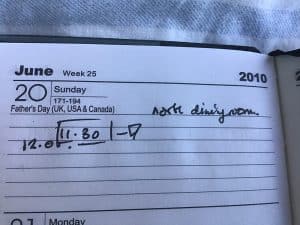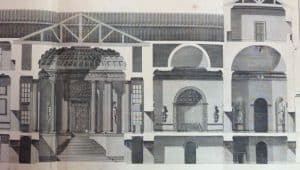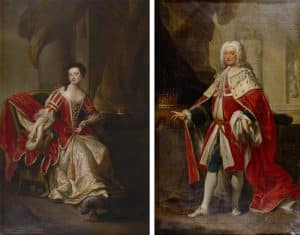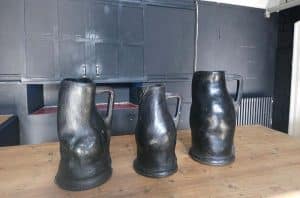Holkham Dinner Party – The Holkham Silver
June 23, 2020 | Holkhome | 6 minute read
The present silver service is not the first large set of silver owned by the Coke family; in fact, it is the third.
The first set, about which we know very little, belonged to Thomas Coke’s parents, Edward and Carey. We don’t know whether this was an inherited set, or one that they purchased, nor do we know the maker, or of what the set comprised. This is because Thomas Coke’s parents died in 1707 when he was only ten years old, and they died in considerable debt – £22,000 in debt. As a result, many of the family’s possessions – including the family silver – were sold in 1709, the silver for a total of £2,061.
During the period between settling his parents’ debts, and when he came of age, his guardians had entrenched, and greatly improved his financial outlook, a fact further bolstered by the £15,000 dowry received on his wedding to Lady Margaret Tufton in 1718. Thus, when Coke came of age, he was one of the wealthiest men in the country.
After his wedding, Coke spent expansively, and one of the things he spent on was purchasing a new set of family silver to replace that sold by his guardians. In 1720 he placed a large order (of approximately £5000 for 60 plates, 21 dishes, and various miscellaneous items) with the silversmith Paul de Lamerie, though the relatively low cost of fashioning the wares suggests they were comparatively plain – at least by later standards.
Paul de Lamerie (1688-1751) was a London based silversmith described by the V&A as ‘the greatest silversmith working in England in the 18th Century’. He was born in the Netherlands to a Huguenot family who followed William III to England in 1689. Following an apprenticeship, de Lamerie opened his own silver workshop in 1713, and was appointed goldsmith to George I in 1716. He soon became one of the most famous silversmiths of his age, working for Catherine the Great, Sir Robert Walpole, the Duke of Bedford and King John V of Portugal. Although today his mark will raise the value of the price of silver, due to the high volume of remaining pieces, it seems likely that he regularly sub-contracted work to other silversmiths before applying his own mark.
Thomas Coke died without a direct male heir in 1759, and the house was inherited by his widow, Lady Margaret Coke. Following her death, the estate passed to Coke’s great nephew (his sister’s grandson), a young man called Thomas William Coke. A politically ambitious man, Thomas William purchased his own silver service, more in keeping with the fashions of the age. At the same time as purchasing the new silver, in around 1776, Thomas William dispatched the Lamerie silver purchased by his ancestor to Gurney’s Bank, Norwich. It has been speculated that this service was then melted down in order to pay for the service purchased by T.W. Coke.
The pieces purchased by Thomas William are much more elaborate, reflecting new fashions in silver design. They are all designed in the Neo-Classical manner, featuring characteristic swags and elongated guilloche moulding. The prominently positioned ostriches, the animal which features on the family crest, were added later by Thomas William Coke’s son, the 2nd Earl of Leicester.
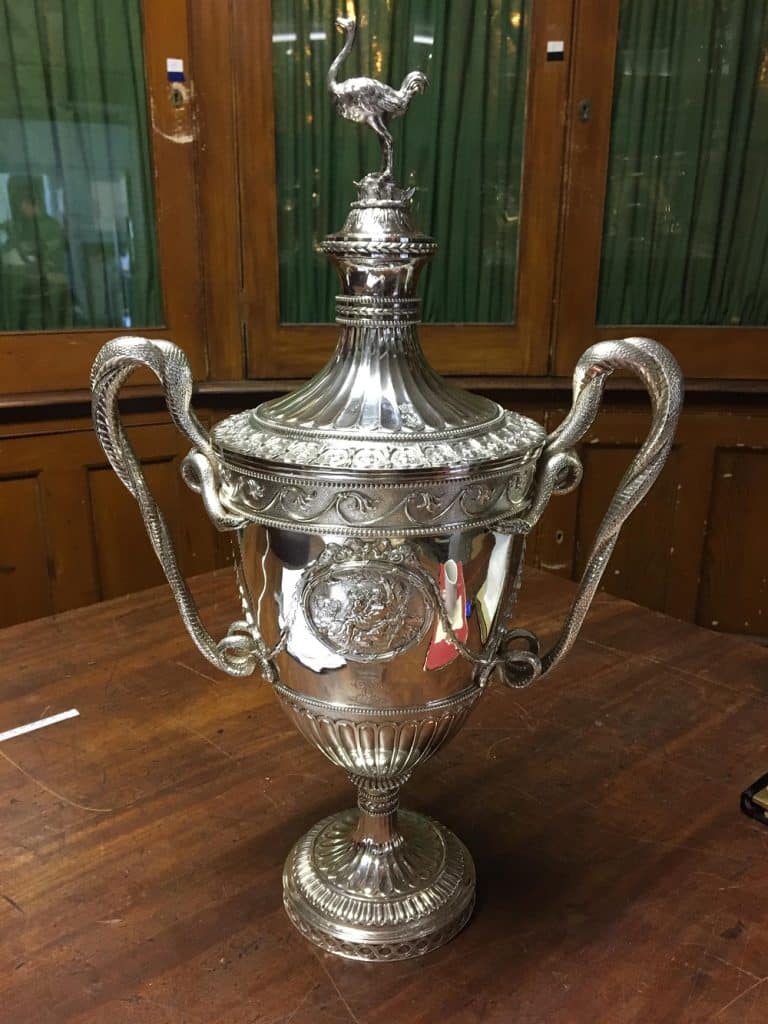
George III Silver
The pieces were supplied by a number of different makers, reflecting the use of specialist outworkers by a central retailer. Makers whose marks can be found on the 1776 service include Robert Hennell, James Young, William Holmes, Robert Makepeace and Richard Carter, Thomas Chawner, and Burrage Davenport.
The unity of design, despite the variety of makers, has led to speculation that a they were all produced to a central design, created, most likely by an architect. Both Robert Adam and James Wyatt have been proposed, but there is no documentary evidence to support this, and there are too many stylistic inconsistencies between known works by the two men and between the Holkham pieces.
The supplier of the set – once again owing to the lack of documentary evidence – is also a subject for debate, but here, due to the presence of their signature on a variety of works, the firm of Pickett & Rundell appear to be a likely candidate. The firm are also known to have worked with many of the maker’s whose marks appear on the Holkham silver, and they were one of the leading firms during the Regency period of silver and other luxury goods.
In addition to the set of 1776, there are also a number of pieces in the collection, purchased in the early 19th Century by T.W. Coke, and attributed to Paul Storr.
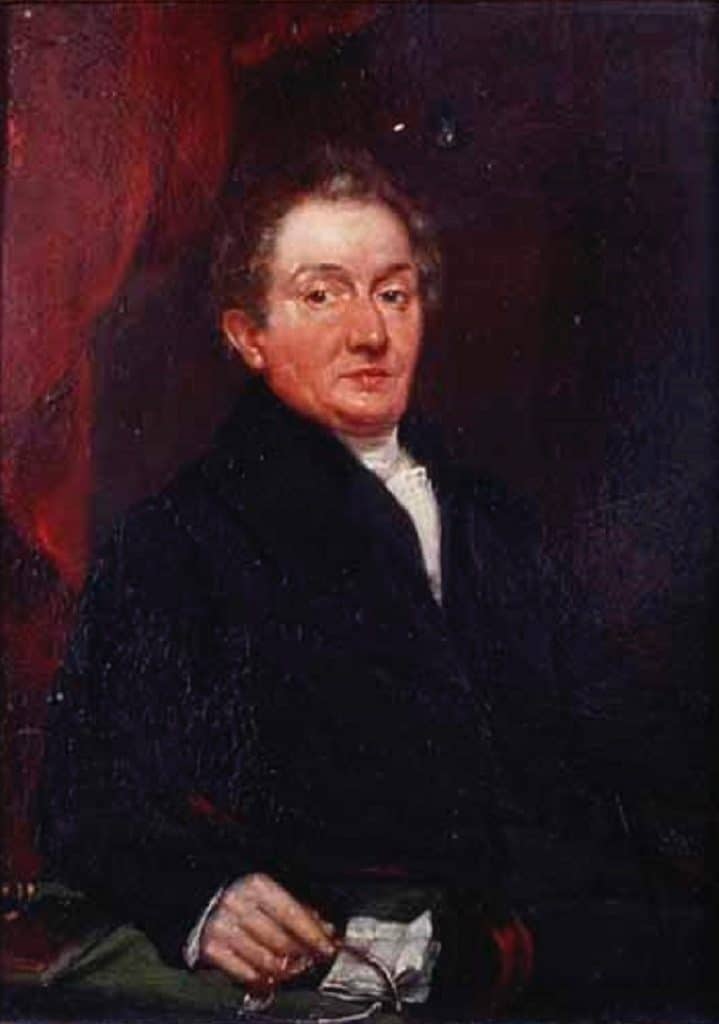
Portrait of Paul Storr
Paul Storr (1770-1844) was arguably England’s most celebrated silversmith of the first half of the 19th Century, and he supplied work to the great and good of the country, including Kings George III and George IV. His first major commission was in 1797, to create a gold font for the Duke of Portland; in 1799 he was commissioned to create the ‘Battle of the Nile’ cup, which was presented to Lord Nelson.
Storr’s most notable commission at Holkham was to create the large presentation cup given to Thomas William by the farmers of Norfolk in 1804. The cup is inscribed ‘Presented to Thomas William Coke, Esq. of Holkham by the Farmers of Norfolk as a token of their esteem for the liberality of his conduct as a landlord and of their gratitude for the benefit of his example as a Practical Farmer and most valuable Member of Society, June 1804’.
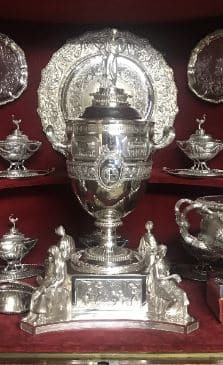
Paul Storr Cup
View all latest blog posts here.
Back to Journal Back to Journal
